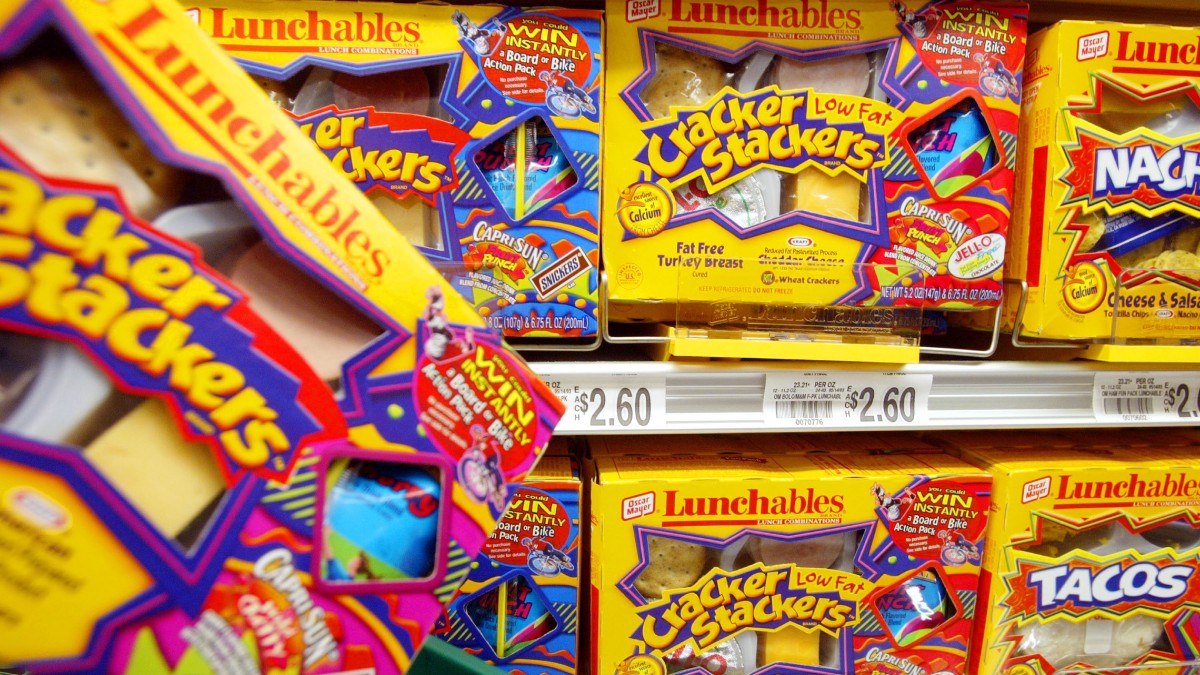Petition Arises To Remove Lunchables From Schools Following Lead Level Findings

Following Consumer Reports’ findings that Lunchables contain metals like lead and high amounts of sodium, questions have arisen over whether the Kraft Heinz products will continue to be available in schools and stores.
Lunchables have been a popular lunch/snack option for American families since 1989. The products allow lunch to be fun and creative for kids and save parents time and money shopping for school lunches. Just last year, Kraft Heinz (owners of Oscar Meyer) joined forces with the National School Lunch Program (NSLP), which brought two of its specialty Lunchables directly into countless schools, available either for students to purchase or for free. However, concerns have frequently been raised over the years regarding how healthy Lunchables are. It is well known that they have little nutritional value as they provide children with very few calories but very large amounts of sodium and all the additives and chemicals that go into processed food.
Concerns were raised further, though, when Consumer Reports tested several different Lunchables and Kraft Heinz kits. The consumer watchdog group found that the most popular Lunchables, such as Turkey and Cheddar Cracker Stackers and Pizza with Pepperoni, contain as much as 75% of the daily maximum lead dosage considered safe by California’s MADL. These products also contained up to half of a child’s recommended daily sodium intake, though they only account for about 15% of a child’s daily calorie intake.
Will Lunchables be banned?
Consumer Reports has urged the USDA to remove Lunchables from the NSLP. The group even set up an online petition to advocate for the removal of Kraft Heinz’s products, and it has already gained 15,009 of the 25,000 signatures it seeks. It suggests that the NSLP offer healthier options for children. However, the USDA issued a statement to CNN and largely shot down the idea of removing the products from schools. The problem is that the USDA “doesn’t allow or disallow individual food items.” Instead, it focuses more on the “overall content of meals” than individual products.
For example, schools would deal with Lunchables’ high sodium content by only offering the product on certain days and then offering lower-sodium products on others, ensuring that the high-sodium products balance out with the lower sodium items. Additionally, the department pointed out that Lunchables are required to be “paired with fruit, vegetables, and milk.” Hence, it’s evaluating the nutrients of the whole meal rather than just the Lunchables element.
Given the USDA’s statement, it remains uncertain if the NSLP and the USDA will reevaluate Lunchables in schools. Other than potentially removing them from schools, there aren’t many other ways to limit or ban the product. Since Lunchables technically aren’t exceeding MADL and there aren’t any federal limits the products are breaking, they will continue being offered in stores.
As of now, Lunchables are not being banned in stores or schools in the U.S., and doing so would likely be very difficult. However, as parents and schools continue signing petitions and advocating, it is possible the status of the product could change.
(featured image: Joe Raedle/Getty)
Have a tip we should know? tips@themarysue.com